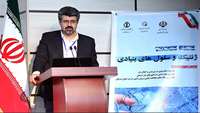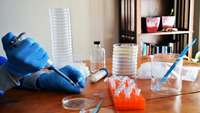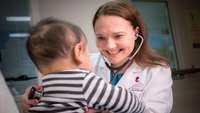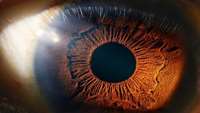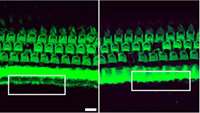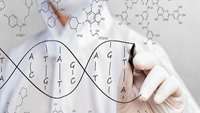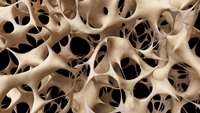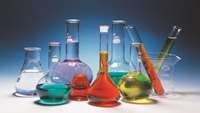Flourishing of gene therapy in 2017
According to the public relations and information center of the Vice-Presidency for science and technology affairs, Amir Ali Hamidieh, secretary of the council for stem cells sciences and technologies, stated on the third symposium of Genetics and stem cells: in the past three years, more than 50 symposiums and workshops have been held by this council.
Biohackers Disregard FDA Warning on DIY Gene Therapy
Despite a warning from the federal government about do-it-yourself gene therapy, two companies say they’ll continue offering DNA-altering materials to the public.
California Stem Cell Agency Invests $16.4 Million to Test Great New Ideas Targeting Cancer, Vision Loss and Parkinson’s Disease.
Every life-saving therapy or advance in medicine begins with a scientist posing a simple question, “I wonder if…?” Today the governing Board of the California Institute for Regenerative Medicine (CIRM) invested more than $16.4 million to help researchers find answers to questions that could one day lead to new therapies for leukemia, respiratory problems, and a devastating skin disease that affects children.
Top 20 predictions for stem cells & regenerative medicine in 2018
What will be the big developments in the stem cell and regenerative medicine field in 2018? Below are the top 20 predictions in no particular order. As usual, there is a combination of science and news/policy predictions.
St. Jude gene therapy improves immunity in babies with bubble boy disease
Early evidence suggests that gene therapy developed at St. Jude Children’s Research Hospital will lead to broad protection for infants with the devastating immune disorder X-linked severe combined immunodeficiency
Evotec enters into research collaboration with CRTD to discover novel therapies for retinal diseases
Evotec AG today announced that it has entered into a research collaboration with the Center for Regenerative Therapies TU Dresden ("CRTD") to discover novel small molecule candidates for retinal diseases. CRTD is a recognised leader in understanding the biology of stem cells to develop new therapies for neurodegenerative and haematological diseases.
Gene editing staves off deafness in mice
Genome editing has been used to reduce hearing loss in ‘Beethoven’ mice, which carry a mutation that causes deafness in both mice and humans.
Crispr Isn’t Enough Any More. Get Ready for Gene Editing 2.0
In fewer than five years, the gene-editing technology known as Crispr has revolutionized the face and pace of modern biology. Since its ability to find, remove, and replace genetic material was first reported in 2012, scientists have published more than 5,000 papers mentioning Crispr. Biomedical researchers are embracing it to create better models of disease.
A New Implant Heals Broken Legs by Transforming into Real Bone
When a bone breaks, medical devices and objects like screws and pins are often used to hold the pieces together while the bone heals. But this process can be extremely painful, long, and difficult. One new technological marvel might make these methods obsolete. This potentially game-changing new tool is a 3D printed ceramic implant that holds fractured bones together while turning into actual, natural bone.
Use of safety and environmental standards are on the agenda of the laboratory network
Secretary of the specialized standard and calibration workgroup of the strategic technologies laboratory network stated: use of safety and environmental standards is on the agenda of activities of the strategic technologies laboratory network.


